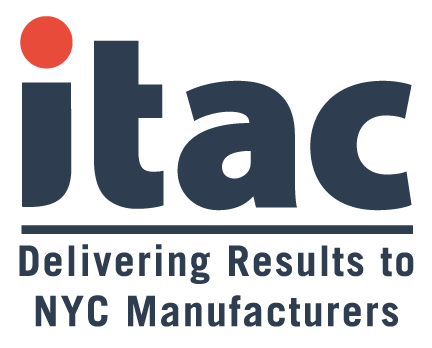FTE Safe Harbor (“Rehire Rule”)
Today we wanted to do a deep dive into the FTE Safe Harbor rule. The CARES Act and subsequent Interim Final Rules/FAQs go to great lengths to describe how to reduce forgiveness if there is a reduction of FTEs. However, from the beginning, there has been a strangely drafted “rehire rule” that we candidly suspected may have been a drafting error. However, when the new application came out it became clear that this rule still exists and will be employed. With that being said, we wanted to walk through how this rule works, as the effect is a complete restoration of your FTEs within the calculation even if you don’t hire employees back during the covered period, for some borrowers, this is very meaningful. Here are the rules/steps:
Safe Harbor Rule (i.e., Rehire Rule)
- Compare average weekly # of FTEs from 2/15/20 to 4/26/20 with # of FTEs as of 2/15/20
- If there is a reduction, and it is restored as of 6/30/20, then there is no reduction in the forgiveness amount.
In what appears to be a disproportionate benefit, the SBA is allowing the borrower to completely ignore a mathematical reduction of FTEs during the covered period if 1) it had ANY reduction of employment during the period noted above and 2) it resolved that reduction as of a single point in time (6/30). Documentation requirements appear to require at least a single payment for pay period covering 6/30 and there is no indication how long individual must remain an employee. We remain skeptical that this will not somehow change or be update through future guidance, but this is what we have right now.
Let’s look at an example:
Facts:
- Borrower has $250K in eligible expenses during the covered period
- Average weekly # of FTEs during reference period (January 1 – February 29, 2020) was 300
- Average weekly # of FTEs during covered period was 30 (representing a 90% reduction)
- On 2/15/20, borrower had 35 FTEs
- Between 2/15/20 and 4/26/20, there were 29 average FTEs
Analysis:
- Potential forgiveness amount is $25K (10% of $250K, given 90% FTE reduction)
- If borrower restores to 35 FTEs as of 6/30/20, then the forgiveness amount is $250K (and borrower can ignore the potential reduction of $225K)
Reminder Section (what should I be doing):
- Call your Payroll Company about claiming the payroll tax deferrals and employee retention credits that were made available in the CARES Act – see previous emails.
- Talk to your Payroll Company about the Sick Pay Bill (passed prior to the CARE Bill) – see previous emails.
- Be in constant communication with your Bank (about status of your PPP application).
- Consider speaking with your bank to discuss changes to terms of existing debt facilities. The banking system remains strong.
- If you have already applied for the PPP, start forecasting how you intend to spend the funds and how to qualify for the highest amount of forgiveness possible.
This information is provided by Withum. Visit Withum’s COVID-19 Resource Center for insights to help you and your business during this challenging time.






